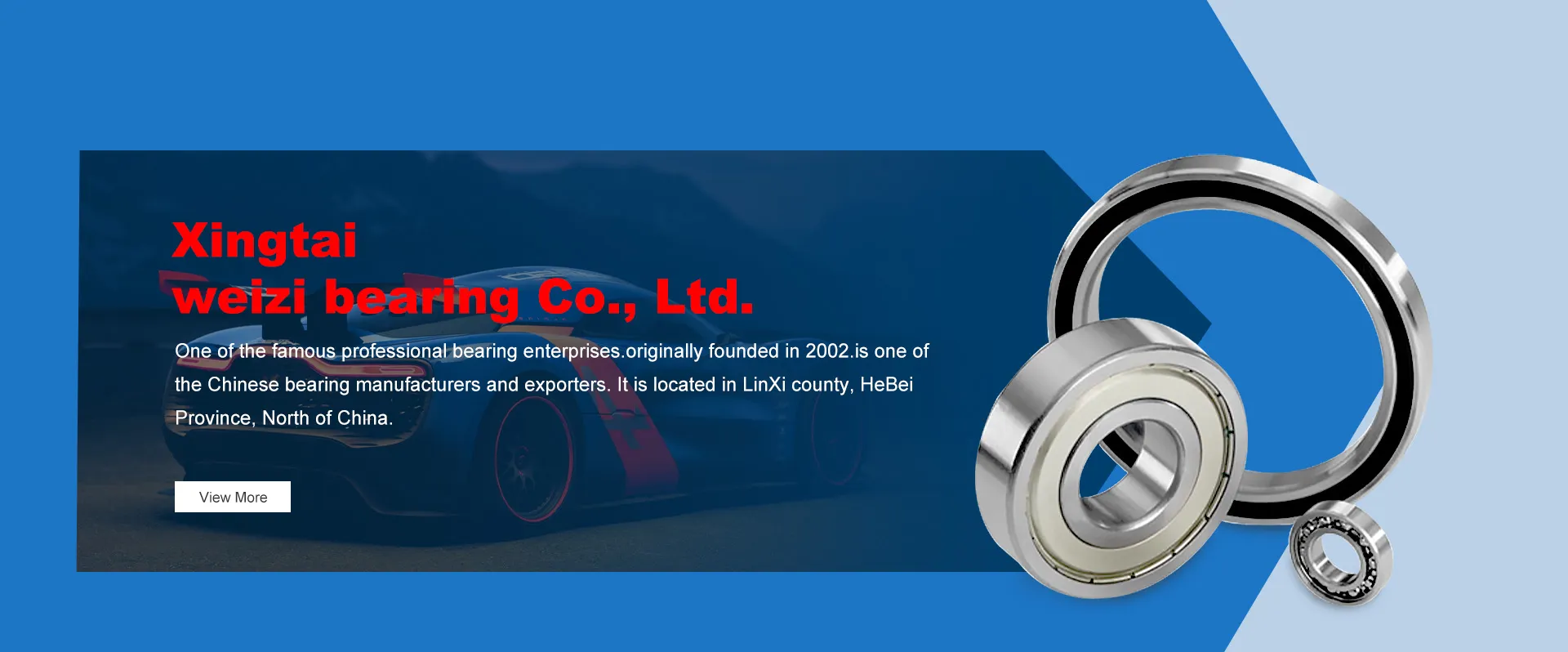
Nov . 21, 2024 09:51 Back to list
bearing 6312 dimensions
Understanding the Dimensions of Bearing 6312
Bearings play a crucial role in various mechanical applications, providing support and reducing friction between moving parts. One such popular type is the deep groove ball bearing, specifically the 6312 bearing. Understanding the dimensions and specifications of this bearing can assist in various engineering and maintenance tasks.
Understanding the Dimensions of Bearing 6312
The deep groove design of the 6312 bearing allows it to accommodate both radial and axial loads, making it suitable for applications where space is limited. This bearing is capable of operating at high speeds, thanks to its smooth operation and low friction characteristics. The use of high-quality materials such as chrome steel or stainless steel ensures durability and longevity, even under challenging conditions.
bearing 6312 dimensions

In addition to its size, the 6312 bearing boasts a number of features that enhance its performance. It typically comes with steel shields or seals, which serve to protect the internal components from dirt and moisture, thus prolonging the service life. The internal geometry of the bearing is designed to facilitate optimal load distribution, minimizing wear and tear over time.
It is also important to note that the 6312 bearing can be found in various configurations, such as single row or double row, depending on the requirements of the application. Furthermore, it can be customized with different types of lubrication, whether it be grease or oil, to suit specific operational conditions.
When replacing a bearing, it is essential to ensure that the new component matches the existing dimensions and specifications. The 6312 designation is universally recognized, which simplifies the process of finding an appropriate replacement.
In conclusion, the 6312 bearing, with its dimensions of 60 mm ID, 130 mm OD, and 31 mm width, offers versatility and reliability for a range of applications. Its deep groove design allows for efficient load handling, making it a popular choice in various industries. Understanding these dimensions is key for engineers and technicians in order to select the right bearing for their mechanical systems, ensuring optimal performance and longevity.
Latest news
-
Premium Deep Groove Ball Bearings | High Speed & Reliability
NewsAug.29,2025
-
Durable Scaffolding Clamps - Secure & Reliable Tube Connectors
NewsAug.28,2025
-
Common Failures in Thrust Ball Bearings and Solutions
NewsAug.22,2025
-
How Tapered Roller Bearings Can Take Shock Loads
NewsAug.22,2025
-
Angular Bearings in High-Precision Spindles
NewsAug.22,2025
-
The Impact of Misalignment on Cylindrical Roller Bearing Performance
NewsAug.22,2025
